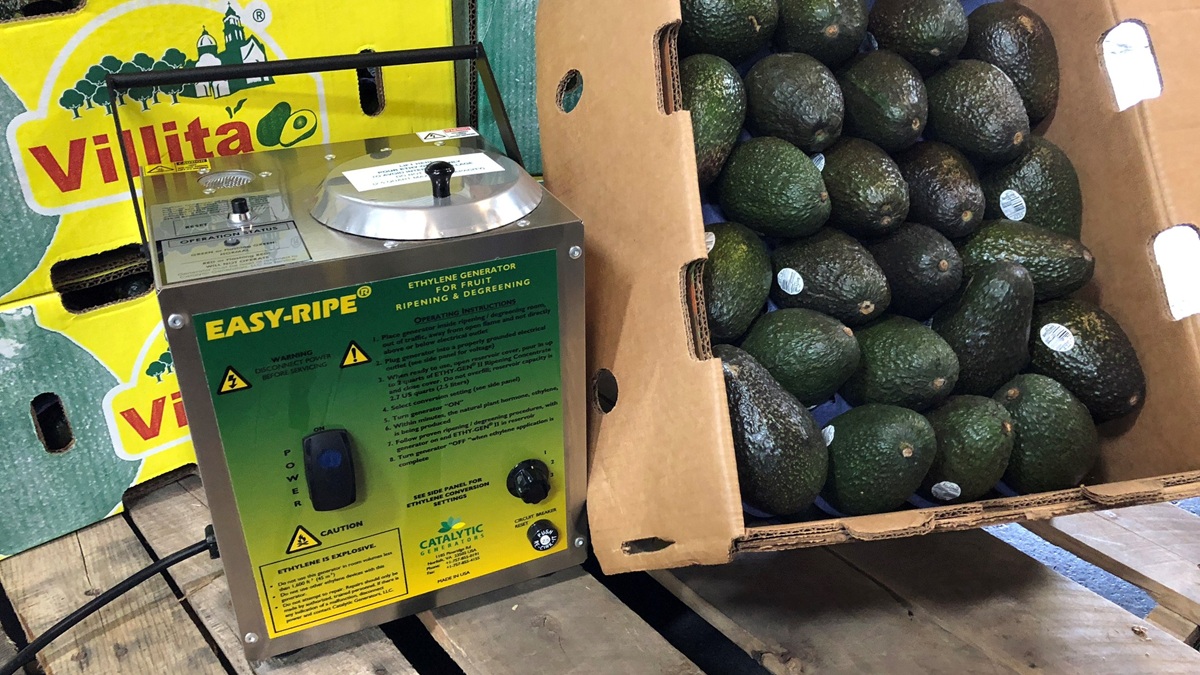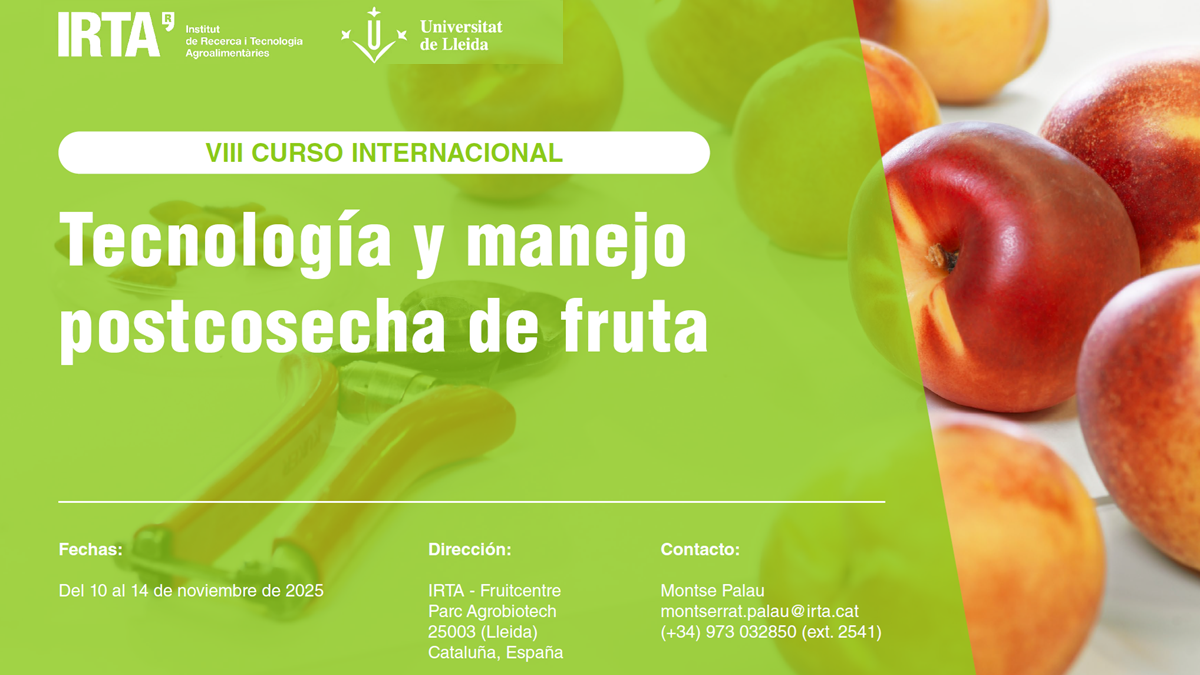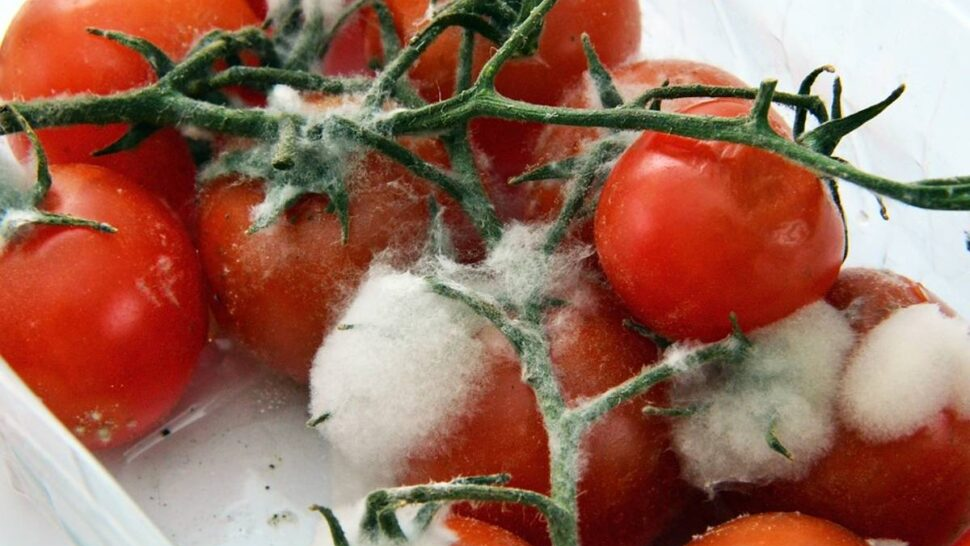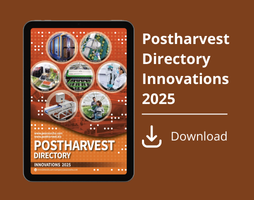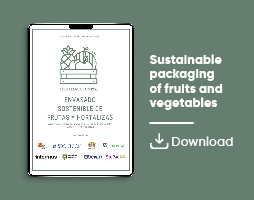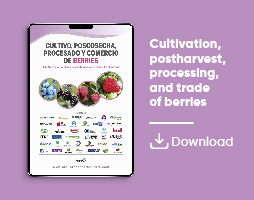News
Cold storage and 1-MCP, the most viable strategies for mitigating mealiness in pear cv Forelle
Liza-Mari Dippenaar. Stellenbosch University, studies the factors influencing mealiness, the key challenge in ´Forelle´ pear, the leading blush variety in South Africa
Redaccion
‘Forelle’ pears play a crucial role in South Africa's pear industry, ranking as the second most cultivated variety and the leading blush variety, contributing significantly to the country's economy.
Mealiness, the key challenge
’Forelle’s success is attributed to their long-term storability, blush colour, and sweet flavour. However, a key challenge limiting the market competitiveness of ‘Forelle’, is the development of mealiness, a textural disorder characterized by a dry, floury mouthfeel and lack of juice.
Study on the factors contributing to the disorder
To address mealiness, this study investigated the environmental, physiological, and cell wall compositional factors contributing to the disorder.
Shading time
The first trial explored the effects of shading time (14-4 and 13-3 weeks before harvest) and microclimatic conditions on mealiness and blush development.
Results showed that pears exposed to higher irradiance and fruit surface temperatures (FST) in the outer canopy exhibited higher blush percentages and larger sizes but were more prone to mealiness. Some shading periods reduced mealiness but often compromised the essential blush colour required for commercial standards.
Influence of fruit size and pore structure
Furthermore, the study identified key links between fruit size, pore structure, and mealiness.
An F-test highlighted that average pore size and porosity were the most critical variables influencing mealiness, with higher temperatures and irradiance improving fruit size especially of outer canopy fruit, leading to higher porosity and weaker cell-to-cell adhesion. These findings underscore the trade-off between fruit growth, blush colour development, and textural quality in 'Forelle' pears.
Net color and density
In the second trial, white and black nets of various densities were tested as a strategy to reduce mealiness while preserving blush colour.
While the 20% white net (54% shading) showed commercially sufficient blush colour and lower mealiness compared to outside canopy fruit, mealiness levels remained too high to be commercially viable.
Black nets effectively reduced porosity and mealiness after 7 d of ripening but failed to meet blush colour standards.
These findings demonstrated that while shading reduced mealiness, it presented significant trade-offs in fruit quality attributes crucial for marketability.
Study on cell wall composition
The third component of the study focused on cell wall compositional differences between mealy and non-mealy fruit.
Comprehensive microarray polymer profiling (CoMPP) revealed that non-mealy tissues had higher levels of homogalacturonan pectins, contributing to stronger cell adhesion.
Mealy fruit exhibited evidence of pectin breakdown, leading to weaker cell wall integrity and increased porosity.
These findings align with previous research linking mealiness to structural weaknesses in the cell wall.
Mealiness, the result of a complex intereaction of factors
In conclusion, this thesis demonstrated that mealiness in ‘Forelle’ pears is influenced by complex interactions between environmental factors, fruit physiology, tissue structure and cell wall composition.
No shading treatment fully prevented mealiness while maintaining blush colour, emphasizing the challenge of balancing these factors.
Cold storage and 1-MCP, the most viable strategies
The study confirmed that practices such as prolonged cold storage beyond 12 weeks and the use of 1-methylcyclopropene (1-MCP) remain the most viable strategies for mitigating mealiness.
This research advances the understanding of mealiness development and provides valuable insights for optimizing post-harvest management practices and improving the market competitiveness of ‘Forelle’ pears.
Papers issued from Liza-Mari Dippenaar´s thesis
- Paper 1 - Literature review: ‘Forelle’ pear and the factors influencing mealiness development – A Review
- Paper 2 - Exploring induction factors in the pre-harvest inception stage of mealiness in ‘Forelle’ pear.
- Paper 3 - The effect of shade nets on ‘Forelle’ pear blush colour and mealiness development.
- Paper 4 - Exploring cell wall composition in relation to the pre-harvest inception stage of mealiness in ‘Forelle’ pear.
Picture - Fruit colour charts used for the determination of background and blush colour. Unifruco Research Services (URS) [Pty] Ltd. background (a) and blush colour chart (P.16) (b). Background colour was determined on a scale of 0.5 to 5 (0.5 = dark green and 5 = deep yellow) and blush was determined on a scale of 1 to 12
(1=dark red and 12= green).
Source
Pre-harvest shading treatment effects on post-harvest mealiness of ‘Forelle’ pear
Thesis presented in fulfilment of the requirements for the degree of Masters of Agricultural Science in the Department of Horticultural Science in the Faculty of AgriSciences at Stellenbosch University by Liza-Mari Dippenaar
Supervisor: Dr E.M. Crouch
Co-supervisors: Dr M.M. Jooste, Dr J.P. Moore, Prof W.J. Steyn, Dr L. Schoeman, Dr. A.A. Tsige
March 2025


